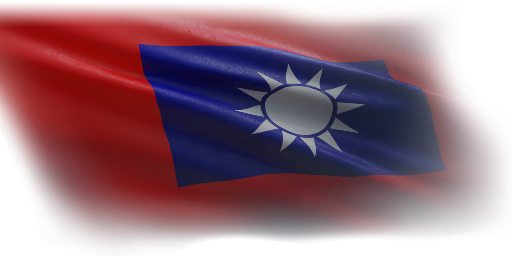




The Chinese Nationalist Army initially received the M5A1 Stuart from US forces in 1948. During the three major battles of the Chinese Civil War, the Chinese Nationalist Army's armoured divisions were defeated and largely captured or destroyed by the Chinese People's Liberation Army.
Following the Huai Hai campaign, the Chinese Nationalist Army Armored Command initiated a programme to rebuild its armoured divisions. As the US Army had left numerous tanks in the Philippines, Guam, and Okinawa after World War II, Jiang Weiguo, chief of staff of the Chinese Nationalist Army Armored Command, negotiated with the US to purchase these vehicles. Rebuilt tank battalions scoured for usable tanks and parts, which were then repaired and reassembled. The first battalion of the third tank regiment managed to assemble 22 M5A1 tanks, dividing them into two companies.
Introduced in Update 1.91 "Night Vision", the M5A1 Stuart shares many characteristics with other rank I American light tanks. Generally, both the M5 and M3 light tanks have similar playstyles, closely resembling the preceding M3A3 Stuart. Designed for scouting, reconnaissance, and infantry support, they were not intended for direct engagements with enemy tanks.
| Ammunition | Type | Armor penetration (mm) at a distance: | |||||
|---|---|---|---|---|---|---|---|
| 10 m | 100 m | 500 m | 1000 m | 1500 m | 2000 m | ||
| AP | 79 | 76 | 65 | 54 | 45 | 37 | |
| SAPHEI | 32 | 31 | 26 | 21 | 16 | 13 | |
| APCBC | 87 | 84 | 73 | 60 | 50 | 41 | |
| Belt | Belt filling | Armor penetration (mm) at a distance: | |||||
|---|---|---|---|---|---|---|---|
| 10 m | 100 m | 500 m | 1000 m | 1500 m | 2000 m | ||
| AP/T | 13 | 12 | 7 | 3 | 2 | 0 | |
| Belt | Belt filling | Armor penetration (mm) at a distance: | |||||
|---|---|---|---|---|---|---|---|
| 10 m | 100 m | 500 m | 1000 m | 1500 m | 2000 m | ||
| AP/T | 13 | 12 | 7 | 3 | 2 | 0 | |












Mobility | |
|---|---|
Protection |
|---|
Firepower | |
|---|---|